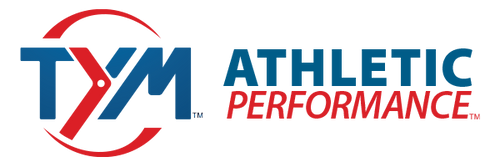
Impact of high vs low load resistance training
(85 vs 30% of 1 RM) and its effects on muscle activation, muscle thickness, body composition, strength, and hormonal markers including cortisol and testosterone.

Led by Dr JohnEric Smith in the Department of Kinesiology, Mississippi State University
This study is examining the impact of high vs low load resistance training (85 vs 30% of 1 RM) and its effects on muscle activation, muscle thickness, body composition, strength, and hormonal markers including cortisol and testosterone. The experimental design involves recreationally trained lifters, as currently training 2 4 days per week for at least the previous 6 months. Investigation will include muscle thickness and body composition as measured using ultrasound and bioelectrical impedance analysis. S trength testing will include the use of an isokinetic dynamometer for lower and upper body extension/flexion movements, as well as isometric strength for maximum voluntary contraction.







